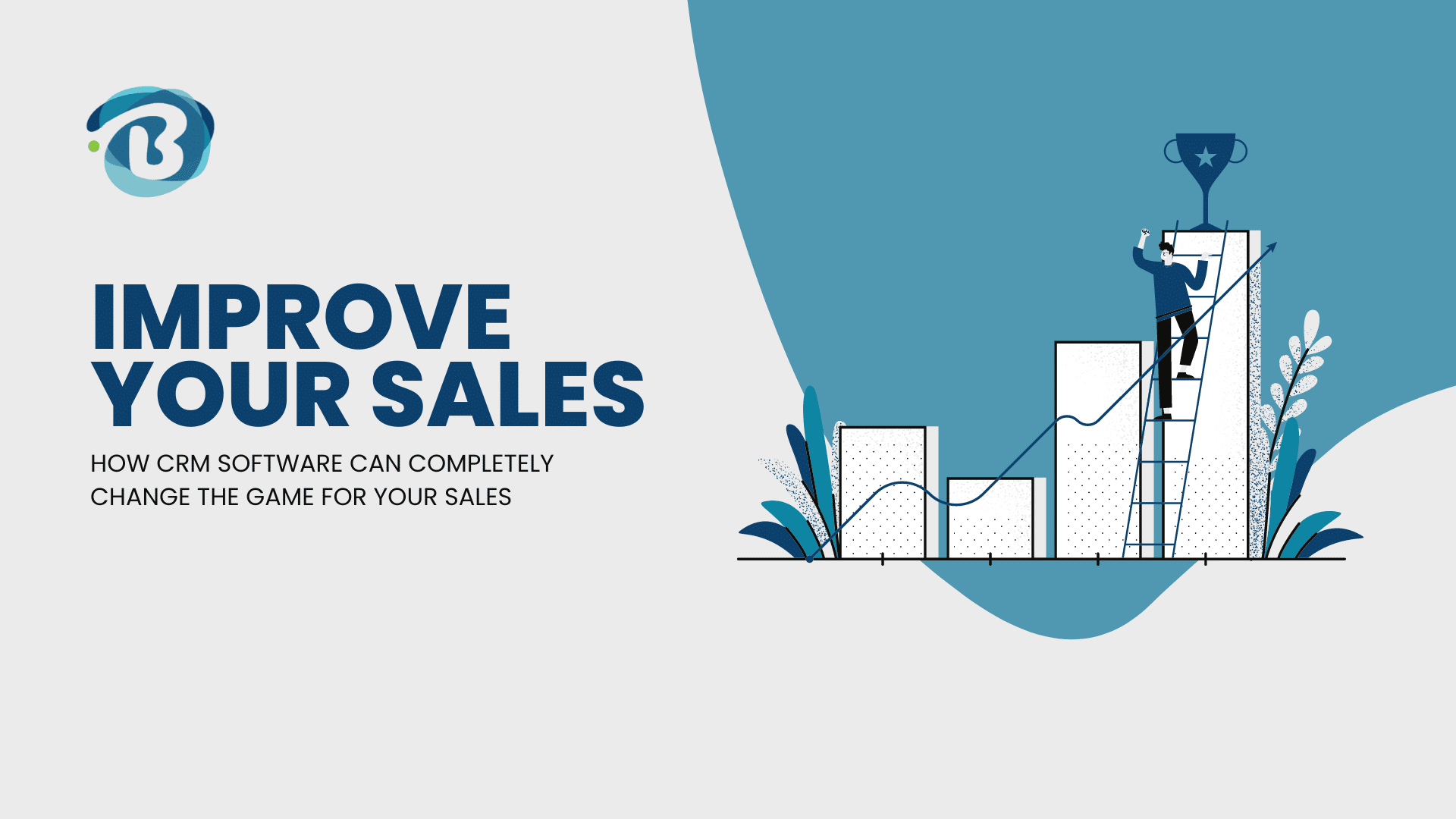Many people use the terms ‘sales’ and ‘marketing’ interchangeably, but there is a discernible difference between the two.
Both sales and marketing aim to help a business grow, but the processes used to achieve this goal differ in several ways. By understanding the distinctions between sales and marketing, one can more effectively use these tools to achieve business growth.
Sales vs Marketing In A Nutshell
Both sales and marketing aim to increase a business’s revenue and profits. However, they differ in their strategies and processes to achieve this goal.
Sales, a crucial process that involves exchanging goods and services for money from a paying customer, is the immediate driver of a business’s revenue. The focus is on meeting sales objectives, achieving targets, and ensuring the current tactics succeed. In short, sales is the engine that propels the company forward, aiming to sell its goods and services to meet its goals and targets.
On the other hand, marketing is a strategic, long-term process that involves implementing various functions and tools to acquire and retain customers over time. Marketing is an umbrella term that covers a variety of processes and principles in the journey from initial market interaction to sustained customer service. The primary focus of marketing is to meet the customer’s needs, desires, and demands while making a profit, all while keeping an eye on the future of the business.
What are the main differences between sales and marketing?
Sales
- Processes and strategies of exchanging goods and services for money.
- Focuses on the needs of the business.
- Oriented on goods & services and the flow of them to clients.
- A more short-term process.
- Has a focused target of streamlined intent.
Marketing
- Tactics, functions, and tools of promoting goods and services to gain customers.
- Focuses on the needs of the customers.
- Oriented on clientele and their demands, needs, and wants.
- A more long-term process.
- Has a general target of mass reach.
To ensure marketing achieves its goals, these principles need to be adapted as the tactics, journey and process of marketing evolve.
This comes down to the customer’s demands changing and the market adjusting accordingly; thus, so should the marketing move with this. By staying up to date with any adjustments, the marketing principles in place will remain effective and continue to hit the mark if applied optimally.
The Four Types of Sales
- Transaction Sales
- Solution Sales
- Relationship Sales
- Partnership Sales
The Seven Principles of Marketing
- Product
- Price
- Promotion
- Place
- Packaging
- Positioning
- People
In order to ensure marketing is achieving its goals, these principles need to be adapted as the tactics, journey and process of marketing evolve. This comes down to the customer’s demands changing and, in turn, the market adjusting accordingly; thus, the marketing should move with this.
By staying up to date with any adjustments, the marketing principles in place will remain effective and continue to hit the mark if applied optimally.
Sales and Marketing Alignment
Now that an understanding of the difference between sales and marketing has been achieved, it is time to dismantle the belief of it being one vs the other. Instead, the aim is to merge the two in a harmonious partnership that covers a business from every angle.
By aligning these two departments, a business allows its processes to work together and, in turn, optimise effectiveness as a whole.
It is clear that sales and marketing are overlapping fields with common points and a spectrum of differences, so understanding this allows a business to maximise its results from both.
How To Achieve This
Both departments would first need to identify and outline their goals and establish which are actually shared goals across both fields. From here, it then becomes clear how sales and marketing can work hand in hand to execute a seamless sales plan from start to finish.
This process will entail identifying target markets, determining definitions, outlining analytics and establishing protocols to be adhered to. This allows for the standardisation of all strategies, goals, tactics and functions that both fields will encompass.
With a more aligned objective of sales and marketing working together and not independently, a business can only expand and grow that much more. This results in not only more leads but somewhat better quality customers to retain over time, and thus more revenue too.
An Ending Note
Sales and marketing are greatly intertwined but continue to present their individual goals, functions and processes of meeting any objectives. In a nutshell, sales is the execution of an exchange between a client and a business.
Marketing can then be seen as the vessel through which the sales plan may take off and be launched using specific tools and tactics.
Once a business is able to align the purpose and intent of both sales and marketing, they are ready to take off and grow. If you are looking to create this harmony between your departments and kick-start your business growth, get in touch and let BaseCloud show you how to get the process started.




